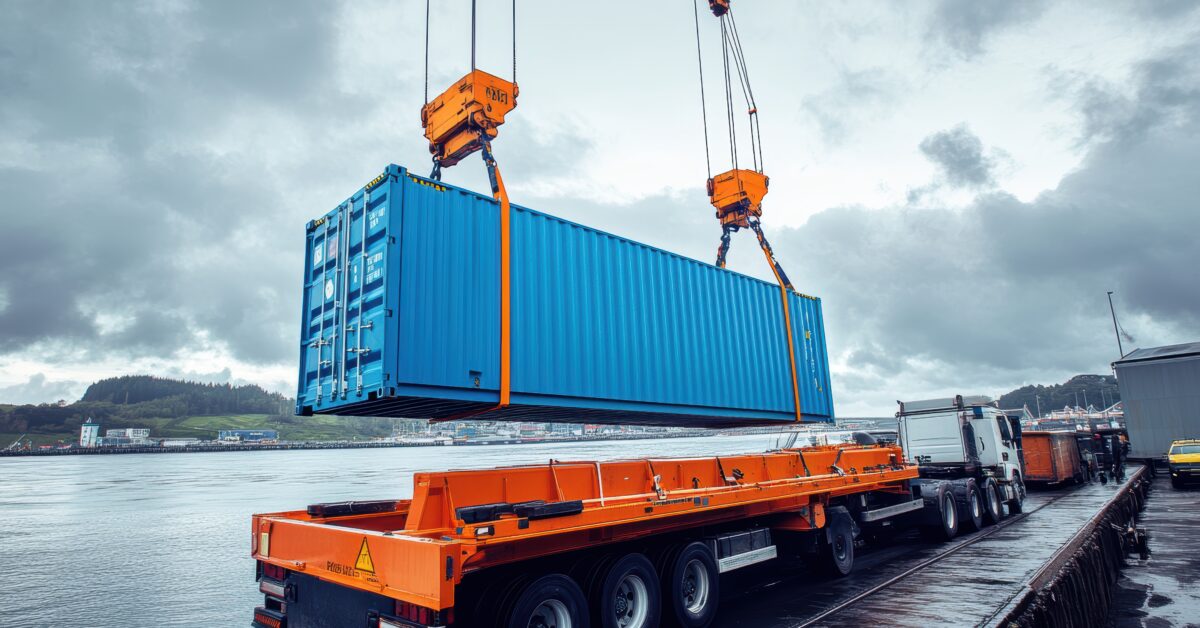
For OEMs in the United States, there is significant economic disruption on the horizon.
New US tariffs have come into play that are driving up costs, wreaking havoc in global supply chains, and forcing OEMs to rethink their pricing, supply chain and business models.
- A 25% tariff on steel and aluminum exports effective from March 2025
- A 25% tariff on semiconductors effective from April 2025
- A 25% tariff on imports from Canada and Mexico and a 10% tariff on imports from China effective from February 2025
Retaliation from major trade partners—China, Canada, and the UK among them—is compounding the pressure, threatening to further disrupt global supply chains.
In these tariff wars, your customers are collateral damage. If they feel the impact in their pocket, you’ll lose them to the grey market, they’ll forego certain parts and services or even cut ties with your business entirely.
In this blog, we’ll explore the business impact of these tariffs on OEMs and outline 5 ways that they can minimize risk and even turn this disruption into a strategic advantage.
The Real-World Impact of Tariffs on OEMs
At first glance, the impact of tariffs seems quite straightforward—the cost of materials will rise and put pressure on profit margins. But the reality is more complex.
The impact ripples across the entire aftermarket ecosystem, touching everything from supply chain efficiency to customer loyalty.
Here are the main impacts of the tariffs.
1. Higher costs of raw materials & components
The most immediate impact is on the cost of goods sold (COGS). New tariffs on imported steel, aluminum, and industrial components look set to make production significantly more expensive.
2. Supply chain disruptions & longer lead times
Beyond cost increases, tariffs are also making it harder for OEMs to get the parts and materials in a timely fashion or at all.
The changes have introduced chaos into supply chains. Supply networks are shifting to adapt, impacting production timelines, introducing uncertainty around quality standards, and also creating new regulatory and compliance challenges.
3. Customer loyalty and lifetime value
The real challenge isn’t just absorbing tariff costs—it’s what happens when those costs get passed on to customers. Higher prices on new equipment, service contracts, and replacement parts could cause customers to delay purchases, seek alternative suppliers, or explore third-party repair options.
What to do?
OEMs are seemingly between a rock and a hard place.
Either they absorb the costs themselves, further hitting profit margins that are already being stretched by difficult economic conditions and increasing competition from abroad…
…or they pass the costs onto the customer and risk damaging fragile loyalty, pushing their customer base to delay purchases or seek out competitors who aren’t facing these tariffs (or who can better absorb the blow).
The unprecedented potency of these tariffs is a direct threat to profitability, customer retention, and long-term competitiveness.
But there is a third option.
You can proactively leverage data analytics and AI to dynamically optimize and restructure your business processes to minimize the impact of tariffs: for example, leveraging dynamic price optimization, automated inventory management, and strategic supply chain diversification.
There are hundreds of game-changing data and AI use cases that are powerful enablers and radical force multipliers that can transform your supply chain in radical ways!
Strategic, data-driven and AI-powered management of your supply chain mitigates risk for your business, while protecting your customers from downstream impacts, ensuring their loyalty without making them absorb excess costs.
Conclusion
Tariffs don’t have to be a roadblock to business growth.
In fact, with the right strategy, they could even be an opportunity to significantly optimize supply chains, improve pricing strategies, and future-proof business models—in a way that will reap rewards for years to come.
The future of the aftermarket belongs to AI-driven businesses who can use this as a strategic chance to build adaptability and resilience into their operational processes.
In this context, the real enemy is not external constraints like tariffs…but the barriers and blocks within your own business! The fragmented data, siloed departments and poor visibility that makes creating a connected, harmonious and resilient aftermarket business all but impossible.
Check our new guide—How OEMs Can Adapt to Tariffs: 5 Strategic Plays—where we go into detail on how you can strategically build adaptability into your processes and supply chain with data analytics and AI.
Find us on LinkedIn
